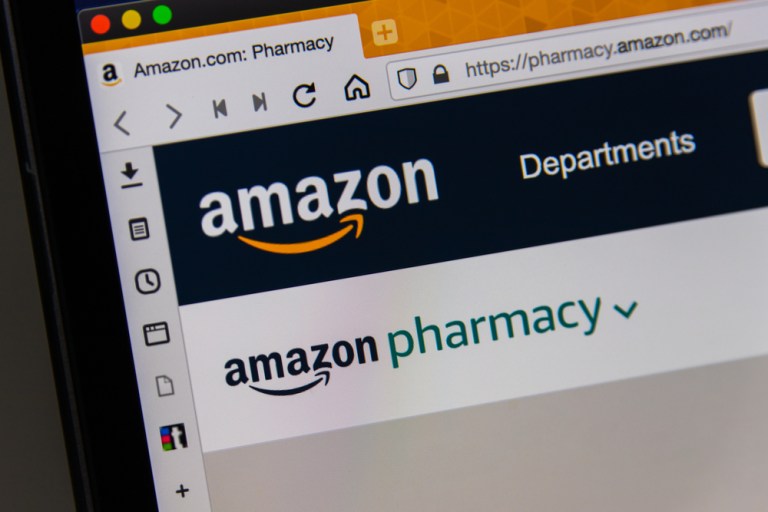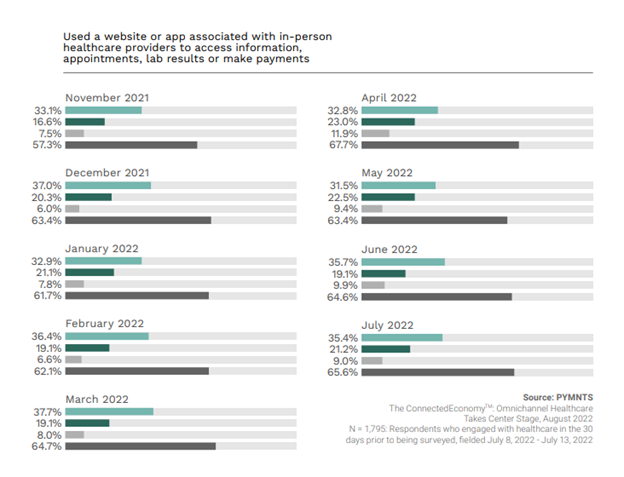
Healthcare is the roughly $4 trillion behemoth of an industry woven from a tangled web of providers, patients and providers.
And in at least one sign that the digital transformation of the sector is gaining incremental tailwind, Blue Shield of California is enlisting the efforts of Amazon Pharmacy and Mark Cuban Cost Plus Drug Company to streamline prescription drug care, delivery and payments. The joint efforts, as detailed in a Thursday (Aug. 17) release, will save Blue Shield about $500 million in annual drug costs.
And in the meantime, the insurer will no longer use CVS Health’s Caremark as its pharmacy benefits manager. But it should be noted that the relationship is not being entirely severed, as CVS Caremark will, according to the announcement, provide specialty pharmacy services for “members with complex conditions.”
In terms of the model itself, Amazon Pharmacy will deliver the medication for free, while Mark Cuban Cost Plus Drug Company’s pricing, per the release, will be “simple, transparent and more affordable.”
In addition, Abarca will pay prescription drug claims “quickly and accurately while continuing to evolve its technology platform, Darwin, to support new, simplified payment models,” the companies said.
Moving to Modernize Healthcare and Drug Delivery
Amazon, of course, has been on a multi-year journey toward bringing healthcare more fully online, having bought PillPack in 2018 and then debuting Amazon Pharmacy the next year, which, among other features, allows users to compare prescription drug prices. Amazon’s RxPass services enable patients who use the Amazon Pharmacy access to generic medications for $5 a month, delivered to their homes at no cost. And In more recent efforts, Amazon Web Service
debuted AWS HealthScribe, which uses speech recognition and generative artificial intelligence (AI) to generate clinical documentation.
There’s already some automation in the mix when managing the costs (to consumers) tied to pharmaceuticals. As reported earlier this week, Amazon Pharmacy has said it would be applying automatic, manufacturer-sponsored coupons to help patients save on insulin and other diabetes care products.
In the recent report “The ConnectedEconomy™: Omnichannel Healthcare Takes Center Stage,” a collaboration between PYMNTS and CareCredit, we found an increasing willingness to use digital tools and platforms to manage personal health needs, connect with providers and, of course, get access to the medications needed and prescribed. 62% of Generation Z, for example, used digital health portals. And as the chart below shows, even though there had been volatility moving through — and beyond — the pandemic, more than two-thirds of consumers have been using digital conduits to access all health-related activities, including paying for services.

Elsewhere, other PYMNTS research shows that awareness of, and consideration of, using platforms is relatively high across the board. As detailed here, 50% of those who live in urban settings and more than 40% who live in rural areas — are interested in using a unified healthcare platform.